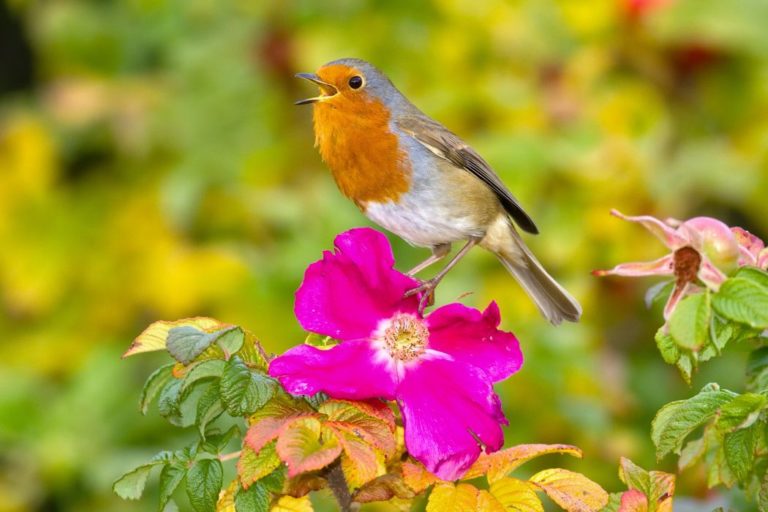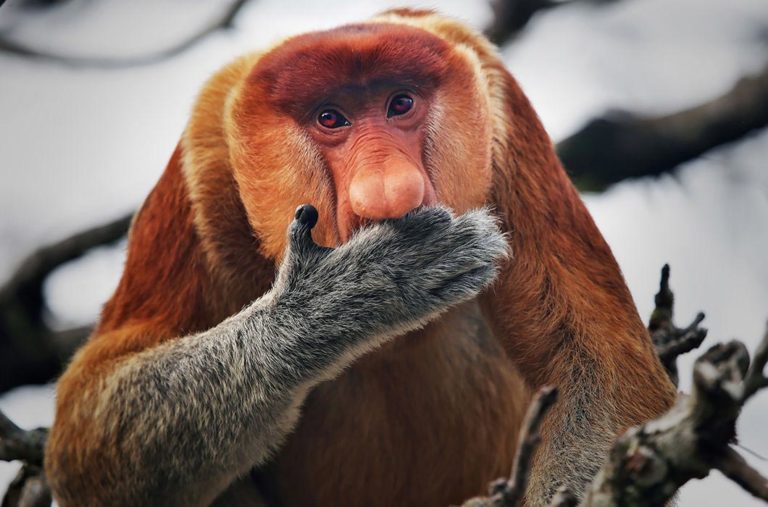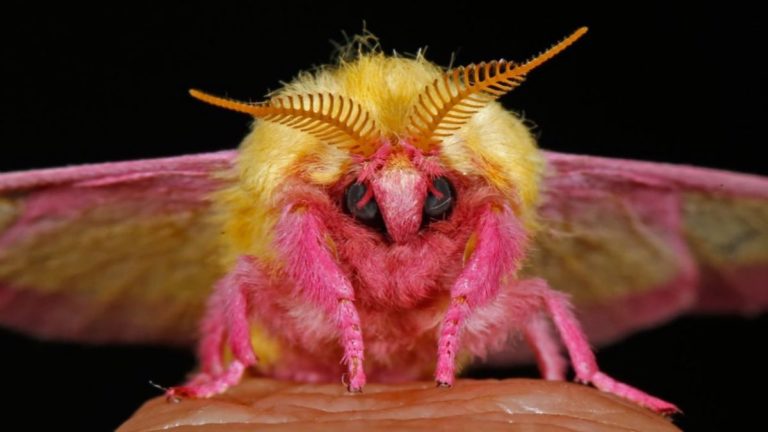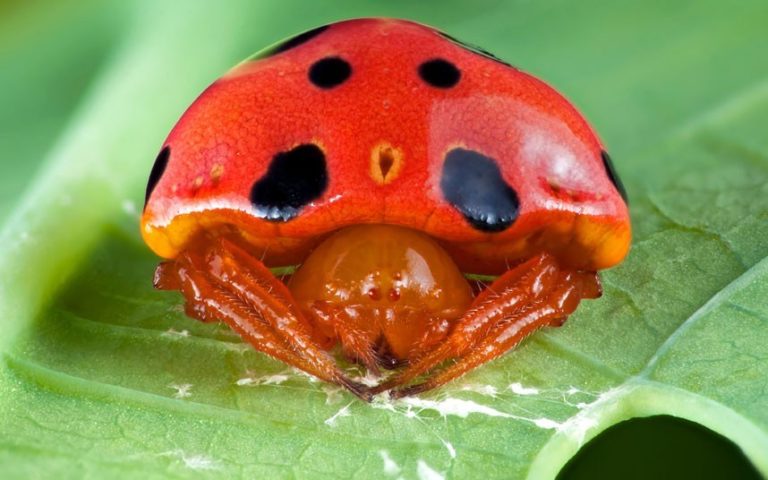The 10 Most Painful Insect Stings in the World
A bee sting is already unpleasant, but what if you were stung by an insect whose venom is 30 times more powerful than a regular bee? Some insects have evolved incredibly strong and painful defenses to protect themselves from predators, and their stings are among the most excruciating in the animal kingdom. Here’s a look at the insects with the most painful bites and stings.

Bullet Ant
Often described as the insect with the most excruciating sting in the world, the bullet ant delivers “pure, intense, and piercing” pain. Imagine stepping on hot shards of glass—that’s what it feels like. True to its name, the sting of a bullet ant is compared to the pain of a gunshot and can last up to 24 hours. These ants can grow between 2.5–4 cm, and their venom is so potent that it can even affect the central nervous system, occasionally causing temporary paralysis. Bullet ants are found throughout Central and South America and are considered among the most dangerous insects on the planet.

Tarantula Hawk Wasp
The tarantula hawk wasp is known for delivering a sting so powerful it feels almost like an electric shock. Found in parts of the Americas, Asia, and Africa, the pain from this sting can be unbearable, often lasting 5–10 minutes, sometimes causing fainting or temporary weakness. These wasps prey primarily on tarantulas, and while they are not aggressive toward humans, it’s wise to admire them from a safe distance.

Paper Wasps
Paper wasps are named for their intricate, papery nests, often built on doorframes or under eaves. They are extremely protective of their homes and will sting if they feel threatened. When alarmed, paper wasps release pheromones to alert the rest of the colony, allowing multiple wasps to attack at once. Their stings cause sharp pain, itching, redness, and in allergic individuals, they can be life-threatening.

Red Harvester Ant
Native to the Southwestern United States, red harvester ants live in large underground colonies. These ants deliver repeated stings, injecting potent venom that can cause intense pain, itching, swelling, numbness, and temporary weakness. Even a minor disturbance near their nest can trigger aggressive attacks.

Honeybee
Honeybees are unique among insects because they produce food for humans. They live in colonies and defend themselves when threatened, often signaling danger to other bees through pheromones. Their stings can cause pain, swelling, redness, nausea, dizziness, and even diarrhea. A honeybee’s sting is fatal to the bee itself, as its barbed stinger becomes lodged in the skin, damaging its digestive tract when it tries to pull away.

Yellow Jacket Wasp
Yellow jackets build their nests in trees, shrubs, or even underground, with colonies reaching up to 6,000 members. These wasps are known for coordinated attacks, delivering multiple stings that can cause severe pain, chest tightness, breathing difficulty, weakness, slurred speech, and even fainting.

Bald-faced Hornet
Bald-faced hornets are widespread across North America and form colonies of 200–400 members. They are highly aggressive and will sting repeatedly to defend their nests. Their venom causes intense pain, widespread itching, redness, and swelling.

Acacia Ant
Acacia ants, named for the trees they inhabit in Central America, are relentless defenders of their territory. They attack anything that enters their field of vision, including humans, with repeated stings that leave a long-lasting burning sensation. The best way to avoid them is to steer clear of acacia trees and not disturb their nests.

Fire Ant
Fire ants are common in South and Central America, often nesting under rocks or in soil. Known for their aggressiveness, they attack in groups, and a single sting can cause sharp, burning pain, sometimes accompanied by nausea or difficulty breathing. Multiple stings amplify the pain, making encounters with these ants truly agonizing.
Sweat Bee
Sweat bees are attracted to the salt in human sweat and are one of the most common bees worldwide, especially in North America. Their sting produces a sharp, burning sensation at the site of the bite. While usually not dangerous to most people, allergic reactions are possible. Home remedies like applying apple cider vinegar or ammonia can help relieve the pain.
From the paralyzing sting of the bullet ant to the relentless attacks of fire ants, these insects demonstrate just how powerful a small creature’s defense can be. Respecting their space is the best way to avoid turning a simple walk into an unforgettable—and painful—experience.









Да,укусила меня как то пчела,пятно на всю жизнь осталось.но все равно жалко пчелку
Укус пчелы не самое плохое что может быть , вообще я знаю по себе если к ним не лезешь , они не жалят .
Господи, как же я боюсь этих всех насекомых, но очень люблю о них читать, потому что они такие интересные. Маленькие, а сколько всего делают..